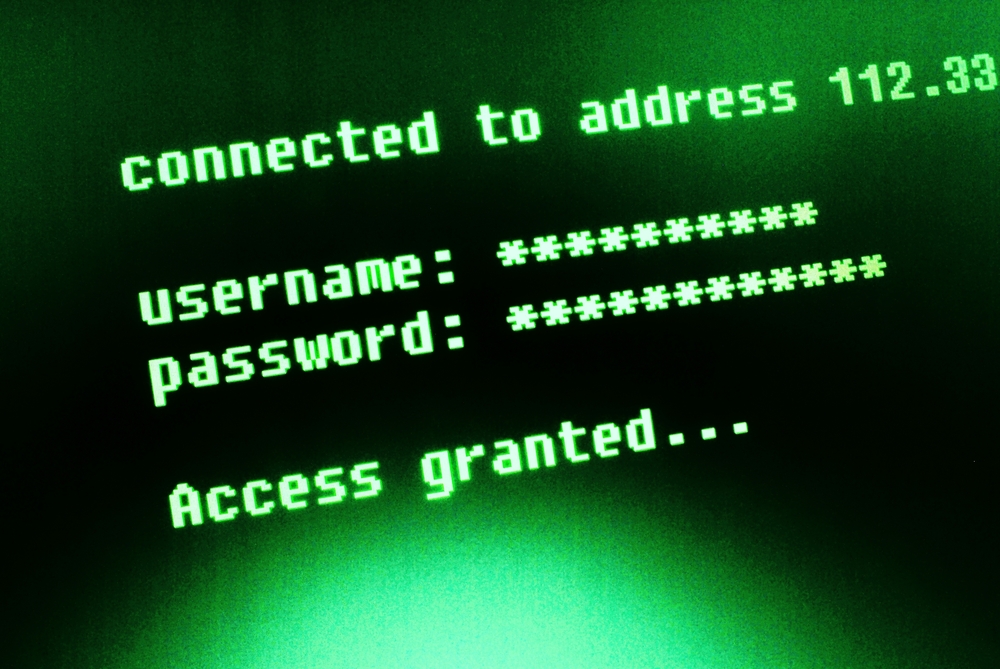After the recent Teamviewer debacle, the company decided to implement two new security features to address most of the concerns. This Change should prevent account abuse, although some of affected victims will not share that feeling by any means.
Teamviewer Security Changes Come After The Facts

There has been a lot of commotion over the past 48 hours regarding the breach of TeamViewer accounts. A lot of users reported their login credentials being abused, and some users even lost some funds in the process. So far, there is still no indication as to what happened exactly, and what the company will offer as compensation.
While the investigation is still underway, the company managed to implement two new security features. Trusted Devices and Data Integrity, as these new features are called, will ensure account safety. The first option lets users mark new devices as “trusted”, assuming they are logging in to that machine with an existing account. An automated email is generated during this process, and users will need to click a link to confirm the status.
Data Integrity, on the other hand, tries to analyze account behavior and flag anything out of the ordinary. Login attempts from an unknown IP address, for example, should be identified immediately. If events like these transpire, the account owner will need to reset their password. Perhaps not the most elegant of solutions, but it’s something functional at least.
Moreover, TeamViewer acknowledged its software has been used for unauthorised access, and users have lost funds in the process. However, it is difficult to pinpoint the cause, and given the number of data breaches on other platforms, it is possible some customers used the same credentials for multiple services. Nothing has been officially confirmed yet, though.
What remains of particular concern is whether or not TeamViewer users with 2FA enabled were affected by these breaches as well. Several users mentioned how it is possible to use the login and password when connecting remotely, which does not require 2FA verification. More information will be provided as it becomes available.
Source: Tweakers (Dutch)
If you liked this article follow us on Twitter @themerklenews and make sure to subscribe to our newsletter to receive the latest bitcoin and altcoin price analysis and the latest cryptocurrency news.

